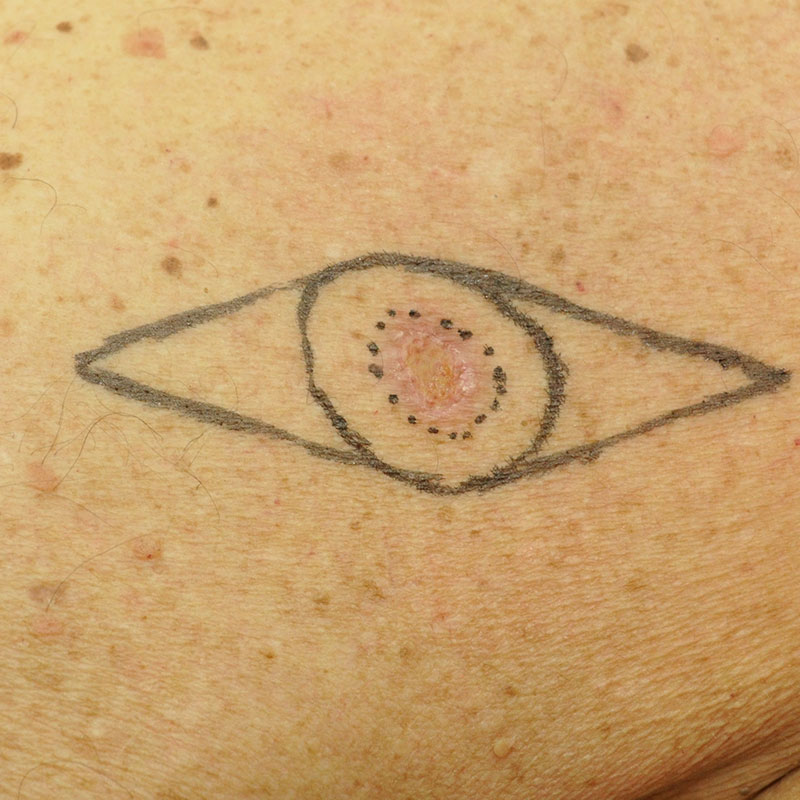Surgery for the treatment of skin cancer
Our climate in Queensland is one of the best in the world, allowing us to enjoy an outdoor lifestyle all year round.
Unfortunately, one downside of living in paradise, is that we have the highest skin cancer rate in the world. Basal cell carcinomas, squamous cell carcinomas and melanomas are an all too common problem in our state.
If you have seen your GP or skin specialist and they have identified a lesion of concern that needs removing, we can assist with that process.
We perform most of our skin excisions under local anaesthetic, however if the lesion is large or more complicated we are able to provide skin excision using twilight or general anaesthetic.
We always send the tissue to the pathologist for testing. Pathology results are usually available after 48hours.
Depending on the size and location of the lesion, it may be advisable to have someone drive you home after surgery.
We recommend use of ice packs for 20 minutes of each hour for the first 36 hours post-operatively, to reduce pain, swelling, bruising and bleeding.
If the surgery site is on the face, we recommend sleeping on an extra pillow for the first 2 nights.
If you require a skin graft on a lower leg lesion, we require you to remain immobile for 7 days except for trips to the toilet.
We usually require you back to our rooms in 7-10 days for suture removal.
We will provide you with a post operative information pamphlet with answers to common questions, dressing advice and the time of your post operative appointment for suture removal with our nurse Leanne.



